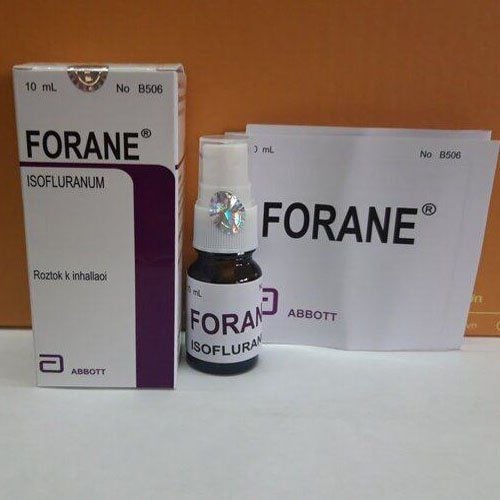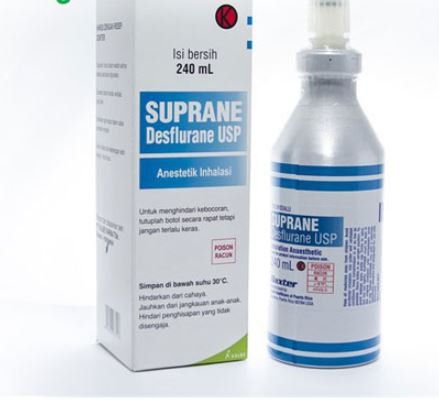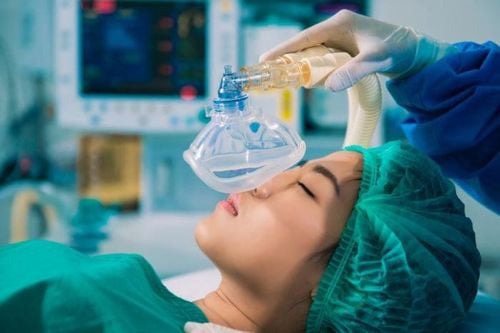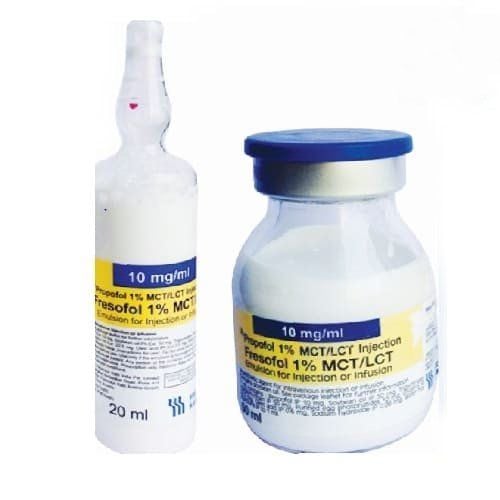This is an automatically translated article.
The article was written by Specialist Doctor II Nguyen Thi Hoai Nam, Head of Pain Relief Unit - Department of Surgical Anesthesia - Vinmec Central Park International General Hospital.
Usually people use 1 or more drugs put into the patient's body to create a state of anesthesia. The dose of the drug is actively adjusted depending on the characteristics of each person so that it is appropriate, the drug effect is temporary, reversible, and leaves no sequelae.
1. What is general anesthesia?
General anesthesia, also known as General Anesthesia, is a method of losing feeling in the whole body at the same time as losing consciousness. This loss of sensation and consciousness is only temporary. After a while, the person will regain full sensation and consciousness.
2. Anesthetic drugs used in general anesthesia
Anesthetics: are substances that, when put into the patient's body, have the ability to temporarily inhibit the central nervous system. Properties of anesthetic: Losing consciousness, the patient will be in a state of anesthesia. Reduces or eliminates the sensation of pain Reduces tone, softens muscles.
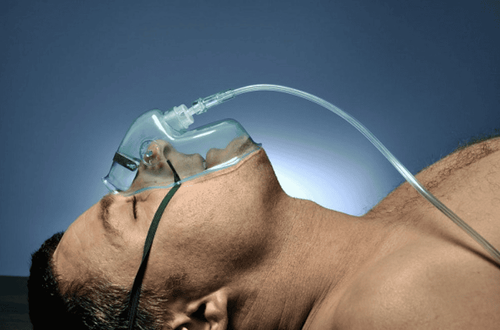
Thuốc mê có tác dụng ức chế thần kinh trung ương tạm thời
Classification of anesthetics: 2 types of inhalation anesthetics: When used for anesthesia, drugs are introduced into the patient's body through inhalation. The patient inhales anesthetic vapors, the drug passes through the alveoli into the bloodstream. There are 2 groups: Gaseous anesthetics: under normal conditions of temperature and pressure, the drug is in the gaseous state. For example: Cyclopropan C3H6 (currently no longer used), Protocyde d'azote N2O (currently used for more pain relief than anesthesia) Volatile anesthetics: under normal conditions of temperature and pressure, the drug is in liquid but volatile, need a evaporator to administer anesthetic to the patient. Intravenous Anesthesia: When used for anesthesia, the drug is given into the patient's body through a vein. Some drugs can be administered intramuscularly. Examples: Thiopentone, Ketamine (intravenous or intramuscular), Propofol, Etomidate. In addition, depending on the surgical method and the method of anesthesia, the anesthetics can be used in combination with each other or with Opioid analgesics, muscle relaxants, anesthetics ... to reduce drug doses, reduce side effects and reduce side effects. drug-induced adverse events. Anesthesia mask: induction and maintenance of anesthesia with vapor anesthetic (children) or intravenous anesthetic in combination with Opioid analgesia, local anesthetic Intravenous anesthesia: induction and maintenance of anesthesia with intravenous anesthetic, Opioid analgesia, anesthetic Intratracheal anesthesia: induction of anesthesia with gas anesthetic (children) or intravenous anesthetic, Opioid analgesia, muscle relaxant, local anesthetic; Maintain anesthesia with vapor or intravenous anesthetics, local anesthetics
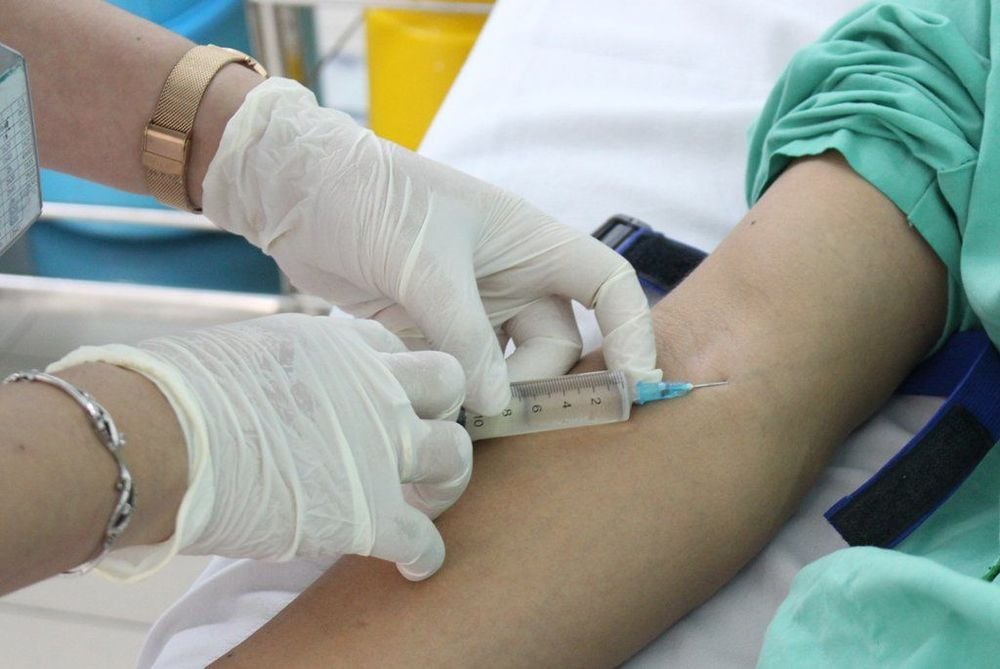
Thuốc mê tĩnh mạch được tiêm trực tiếp vào cơ thể qua đường tĩnh mạch
3. Notes on general anesthesia with intubation
Endotracheal anesthesia is a method of general anesthesia by placing an endotracheal tube through the nose or mouth through the larynx to allow the tip of the tube to enter the endotracheal tube. Advantages: Control the airway, control the patient's breathing, can ventilate the machine, aspirate secretions from the bronchi easily, the patient can be placed in any position including prone. Complications due to intubation: Tachycardia, increased blood pressure, arrhythmias, bradycardia or cardiac arrest, laryngospasm due to inadequate anesthesia. Injuries: torn lips, broken teeth, torn pharynx, perforated trachea or esophagus, paralysis of the vocal cords... Placed in the stomach, reflux causes aspiration, acute respiratory failure. Deep tube placement causes atelectasis Note: To avoid complications and complications during endotracheal anesthesia, it is important to respect the indications and contraindications of the method. Follow the correct procedure. Prepare the patient well, fast as prescribed to avoid aspiration. If the patient has a full stomach, perform cricoid compression (Sellick).

Bệnh nhân nhịn ăn theo quy định trước khi gây mê
Combine drugs with appropriate dosage, ensure required anesthesia before intubation. After placing the test tube with a capnograph to determine the correct position and listen to both lungs to avoid placing the tube too deeply. Secure the hose tightly to prevent it from falling out. Unplug the tube correctly. Gently avoid spasmodic stimuli. Medical personnel must be trained and experienced in performing the correct technique. Vinmec International General Hospital is one of the hospitals that not only ensures professional quality with a team of leading doctors, modern equipment and technology, but also stands out for its examination and consulting services. and comprehensive, professional medical treatment; civilized, polite, safe and sterile medical examination and treatment space.
Customers can directly go to Vinmec Health system nationwide to visit or contact the hotline here for support.





